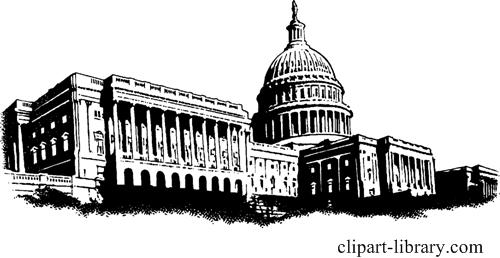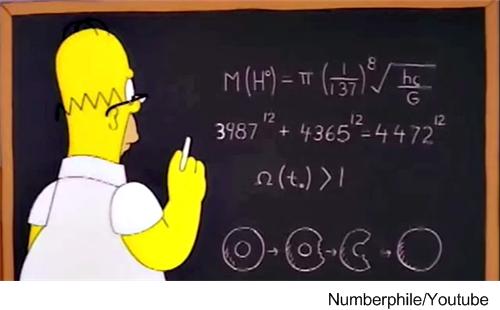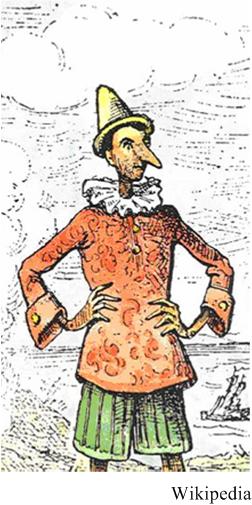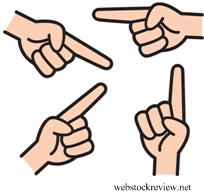 One is reduced to hysterical laughter to try to maintain a modicum of sanity.
One is reduced to hysterical laughter to try to maintain a modicum of sanity.
Our Senate at work: Republican Mitch McConnell said (Dec 6) “Legislation that doesn’t include policy changes to secure our borders will not pass the Senate.” Republican Trump said (Feb 3) the Senate should not pass legislation that includes border security. Let P be the statement “Senate legislation should include border security.” and let Q be the statement “Senate should pass legislation.” Then we have the Republicans saying
(~P ⇒ ~Q) ˄ (P ⇒ ~Q)
Show that this is equivalent to ~Q, that is, “The Senate should not pass legislation.”—basically stop working.
It looks like the Republicans in the House are doing the same thing:
See Logical Dead End
Old Codger Rant, with Update (4/24/2024): Continue reading


 The June 2023
The June 2023 

 This
This  Here is a nice logic puzzle from 2014 Futility Closet.
Here is a nice logic puzzle from 2014 Futility Closet.